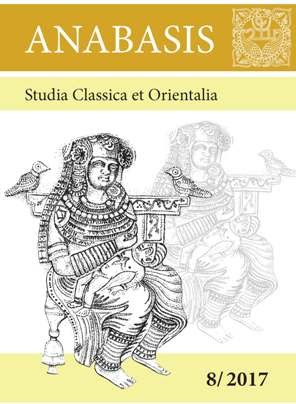Slipper Coffins and Funerary Practices in Parthia
Keywords:
Parthia, slipper sarcophagi, Babylonian burials, Arsakid period, ZoroastrianismAbstract
Funerary practices are well attested in some countries that belonged to the Arsakid Parthian Empire. One of them was Babylonia. The book by a German archaeologist, Christina Heike Richter, entitled Parthische Pantoffelsarkophage (“Parthian Slipper-Sarcophagi”) is devoted to one of the types of sarcophagi produced in the Parthian era, namely the Pantoffelsarkophag, and compares its origin and use against a broad background. Typical slipper coffins appeared at Seleukeia on the Tigris and Uruk in the first half of the 1st century A.D. These burials were connected with a greater involvement of the Parthians in Babylonia under Artabanos II (A.D. 8/9-39/40). It seems that slipper coffins were introduced in Babylonia together with eastern Parthians arriving there as soldiers, governors with their retinues, and other officials under Artabanos II and his successors. Vologases I (A.D. 50-79) and Pakoros II (A.D. 79-110) continued an intense policy in Babylonia related to the inflow of the Parthians to cities such as Nippur, Babylon, Meshkan-shapir, and Uruk.
Published
How to Cite
Issue
Section
License
Copyright (c) 2017 Anabasis. Studia Classica et Orientalia

This work is licensed under a Creative Commons Attribution-NonCommercial-NoDerivatives 4.0 International License.









